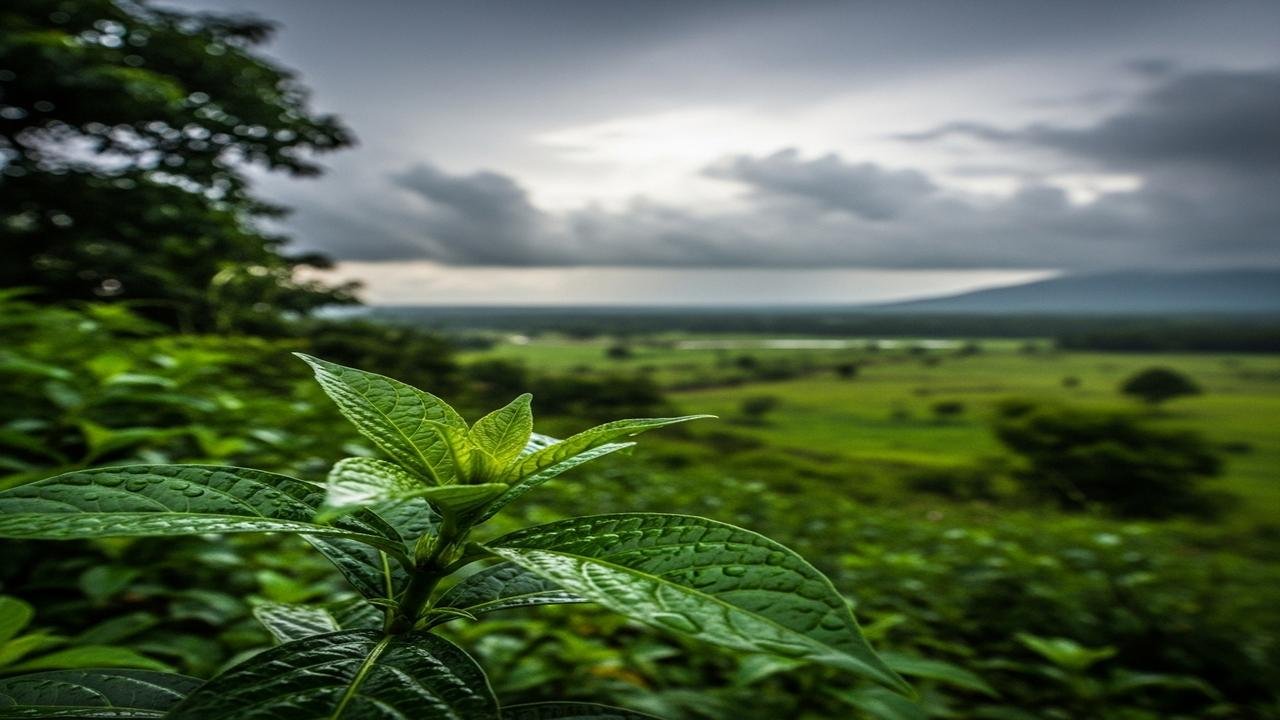Shravan: Why the July-August Monsoon Month Matters

What is Shravan (Sravana) and when does it occur?
Shravan (also spelled Sravana or colloquially “Sawan”) is the lunar month in the Hindu lunisolar calendar that usually falls in July–August in the Gregorian year. Its exact start and end dates vary by region and by which calendrical system (purnimanta or amanta) a community follows. The month is associated with the height of the monsoon season in most of India.
Layers of meaning: season, scripture, and social rhythm
Observers commonly explain Shravan’s special status through three overlapping lenses:
- Seasonal/ecological: The monsoon brings renewal to crops, rivers and forests. In pre-industrial India, the rhythms of farming life shaped religious calendars; the rainy season is often read as a time for inwardness, repair and gratitude.
- Scriptural and puranic endorsements: Several Puranas and dharma texts praise the merit of observances in Shravan. In Śaiva texts, particularly the Shiva Purana and sections of the Skanda Purana, the month is singled out for Shiva-worship and vows (vrata). Vaishnava sources also mark the month as auspicious for remembering Vishnu and his avatars.
- Communal and ritual rhythm: Monsoon travel is difficult but pilgrimage traditions adapt rather than stop: pilgrimages to Himalayan shrines, local temple festivals, and concentrated days of devotion (for example, Mondays in Shravan) become focal points of collective practice.
Why devotion increases in Shravan — theological and practical reasons
There is no single doctrinal explanation shared by all sects, but several recurrent themes explain why devotees intensify practices in this month:
- Special merit for vows: Many Puranic passages state that observances undertaken in Shravan yield multiplied spiritual merit. In Śaiva tradition, offering water and leaves to the Shiva linga during Shravan is particularly meritorious.
- Alignment with dharma — discipline and duty: Observing a vrata (vow) — such as fasting, visiting temples, or daily worship — is framed as part of one’s dharma (ethical duty) and a means of cultivating self-control and devotion.
- Ritual availability: The monsoon makes certain offerings seasonally available: fresh bilva (bel) leaves for Shiva, flowers, and specific fruits. Local forms of devotion adapt to what the land provides.
- Communal solidarity: Processions, group kirtans (devotional singing), and shared fasts consolidate social bonds at a time when agricultural communities pause from some kinds of fieldwork.
- Mythic associations: Narratives link gods’ deeds with the month — for example, stories of Shiva’s grace or of gods helping devotees during the rains — that motivate increased worship.
Common practices observed in Shravan
- Shravan Somvar (Mondays): Many Hindus observe fasts or special puja for Shiva on Mondays in Shravan. In some regions the entire month’s Mondays are observed as a set of weekly vows.
- Abhisheka and bilva offerings: Ritual bathing (abhisheka) of Shiva-lingas with water, milk and other substances, and offering bel leaves (bilva patra) are widespread in Shaiva communities.
- Nag Panchami: The festival of serpent-worship falls in Shravan, linked both to mythology and to the seasonal visibility of snakes during the rains.
- Kanwar/yatra traditions: Devotees (often called Kanwariyas) carry sacred water from rivers to offer at Shiva temples; this pilgrimage peaks during Shravan in many northern regions.
- Kirtan, scripture reading and charity: People read/scripture, sing bhajans, donate food, and feed pilgrims and the needy—acts understood as accruing spiritual benefit.
- Temple pilgrimages: Visits to well-known shrines (local and Himalayan) increase during Shravan; some major yātrās and cave shrines traditionally operate in this window.
- Fasting traditions: Varied fasts: some keep partial fasts, others observe a once-a-week fast (typically Monday), while a few undertake stricter month-long vows. These differ widely across regions and communities.
How different traditions interpret Shravan
Interpretations differ and deserve to be stated without privileging one view:
- Śaiva perspective: Texts and temple practices emphasize Shiva’s special grace in Shravan. Ritual bathing and bilva offerings are rooted in Purāṇic injunctions and local custom.
- Vaiṣṇava perspective: Many Vaishnava communities also mark the month with extra nama-smarana (chanting of divine names), festival readings of the Bhāgavata Purāṇa, and charitable service; some observe Thursdays for Vishnu.
- Smārta and Śākta communities: Practices range from household vratas to goddess-centric festivals that fall in the same season; decisions about fasting and marriage observances often reflect local customs and family traditions.
Practical notes and cautions
- Because Shravan falls in the rainy season, some temple visits and pilgrimages require weather-sensitive planning (roads, accommodations).
- If you undertake fasting or intensive breath practices, consider your health and consult a medical professional when necessary; moderation and medical advice are recommended for anyone with chronic conditions, pregnancy or age-related vulnerabilities.
- Local calendars (panchangas) give precise tithis (lunar dates) for festivals such as Nag Panchami and Shravan Purnima; local priestly traditions or temple authorities can confirm exact dates and timings.
Why it still matters today
Shravan continues to attract attention because it ties ritual to the rhythm of the year, offers a culturally recognized period for intensified ethical and devotional effort, and provides communal frameworks—fasts, pilgrimages, music, charity—that sustain religious life. Whether one reads the month through scripture, ecology, or social need, Shravan functions as a recurring invitation to pause, repair ties (both human and divine), and renew commitments to spiritual practice.
